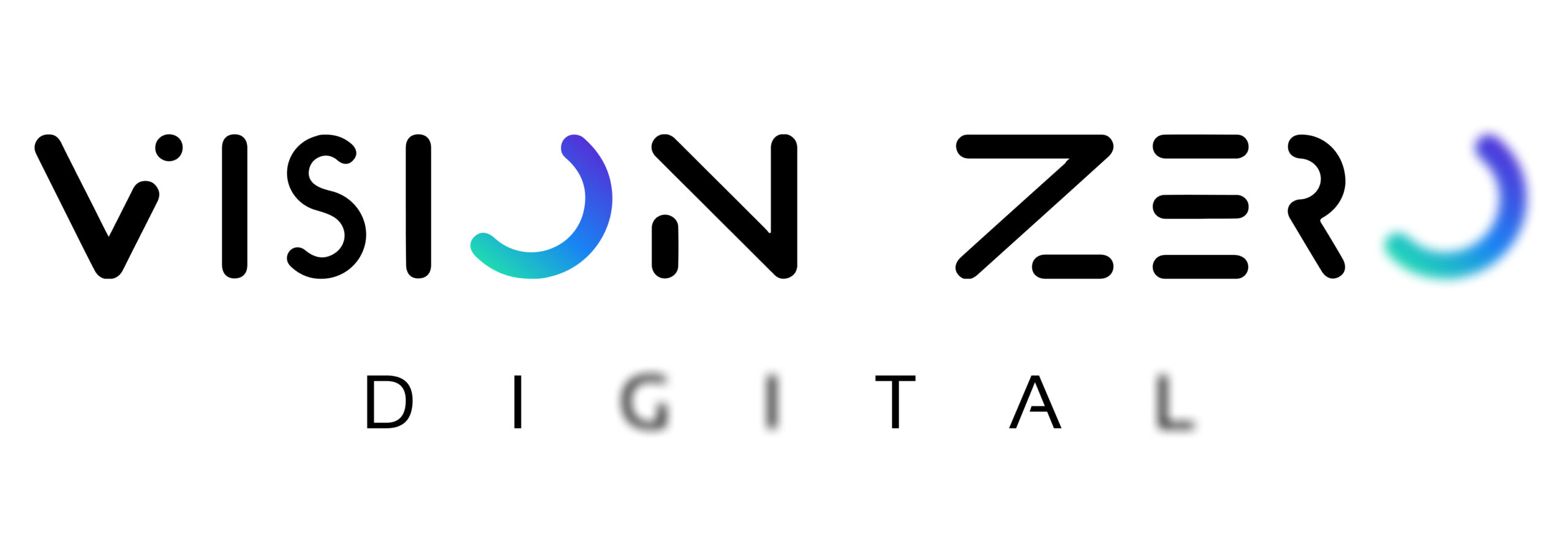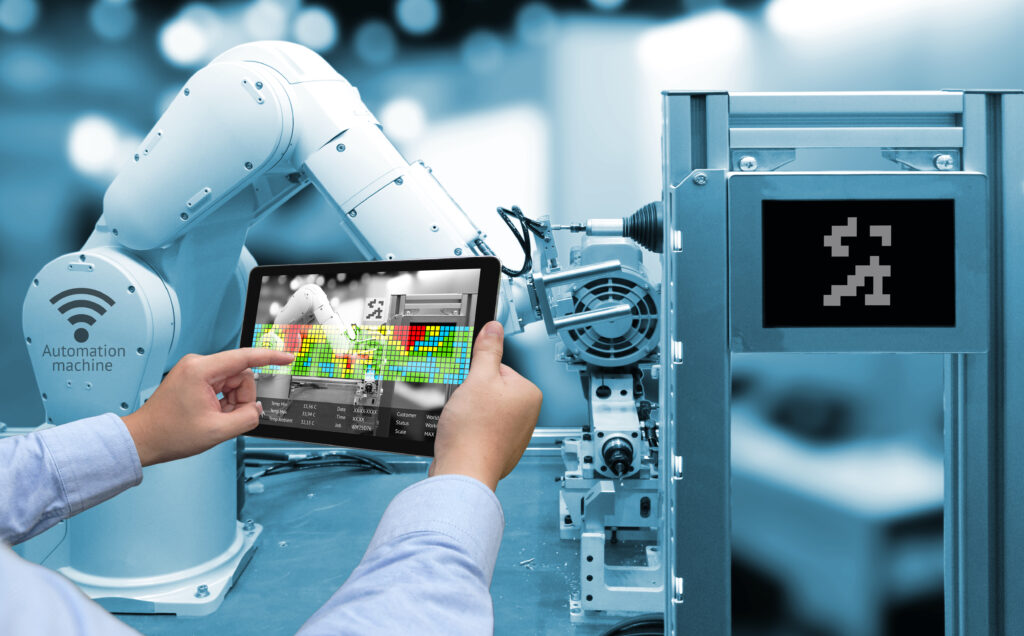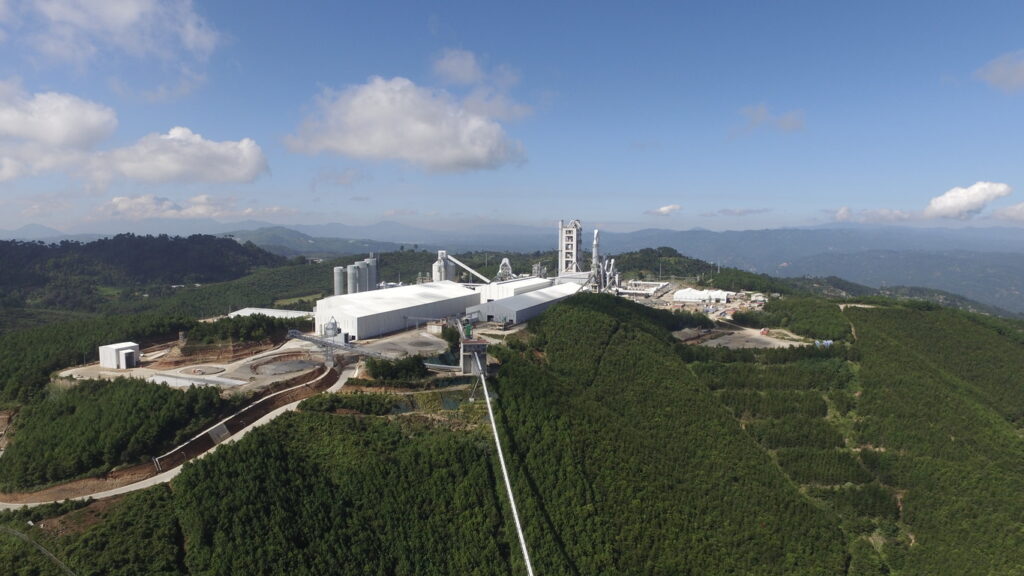Digitization, Digitalization and Digital Transformation

In these series of posts we will try to clarify all the general terms and basic fundamental concepts used across the digital transformation track.
When we hear the term ‘Digital Transformation’, many do not understand what it means and what the conversation is about. Especially when someone says “Digital transformation in the field of health and safety”. Many specialists try to avoid any projects or work done in that direction because they do not understand what needs to be done and the effect. However, every day we see more of this agenda in management and company-wide strategies and goals. Therefore, we need to react, deliver and deploy digital transformation strategies to meet the objectives.
Let’s take a pause here
Firstly, we need a clear understanding of the general concept. What is digital transformation? To answer this question in full, we will need to look at three broadly used terminologies: Digitization, Digitalization and Digital Transformation. Those may seem like synonyms, but in fact they mean different things.
Digitization
A short and straightforward explanation would be “Transferring from analogue to digital.” According to Gartner’s IT glossary, “Digitization is the process of changing from analogue to digital form, also known as digital enablement. Said another way, Digitization takes an analogue process and changes it to a digital form without any different-in-kind changes to the process itself.”
Digitization is the most simple concept, an example of which would be taking a paper report and transferring all of its data to an Excel table. This way, the computer further manipulates the information.
Digitalization
Digitalization is where things are starting to get tricky. There is no one, simple definition that would clearly explain what it means. It is a vague concept, mainly due to the wide variety of areas where it is implemented. Areas or sectors (industries and many other grouping approaches) are unique in terms of the processes and flows. When we compare the digitalization of social interaction and the production process, it would be different. Therefore, the meaning is always unique to the subject.
In health and safety (HSE, ESH), and all the topics covered in this event, we identify one approach that we will adhere to. “Digitalization, according to Gartner, Inc., is the process of employing digital technologies and information to transform business operations.”, as quoted by a recent report by Brookings Institute (report link). In my opinion, this is the most relevant explanation of digitalization in the fields mentioned.
To summarise, the main idea is to transform business operations by deploying digital technologies and information.
Imagine the following: workers at a car manufacturing plant, instead of using mechanical tools to install (place and fix) doors on cars would now use automated equipment (robots) to do the job. It is an excellent example of robotics being one of the technologies in the digitalization process. In general, automation is one of the most significant areas in digitalization.
Digital Transformation
In contrast to digitalization, digital transformation is not about technologies, and usually top-managers that do not think beyond technology make a strategic mistake. Digital transformation deals with organizational changes as well as technology implementation, and it is customer-driven. The business undergoes this whole transformation to achieve the goals it sets towards the value for its customers. Mainly, it implies that the company not only has projects, but changes its strategy.
Simply speaking, we can not become a company that our customers want if we do not change our strategy and the way we work. It is important to note that digital transformation is not the only option, and not every company needs to implement it to evolve. However, when it is a part of a strategy, then it needs to be thoroughly executed.
To summarise, we digitally transform the business and the strategy. We do it through changes in organization and process. We digitalize all the necessary processes, activities and roles that make up a company, which can happen through several separate projects that are part of the overall strategy. We digitize information, convert from analogue to digital to make it processable by computers.
Great! So, two questions that pop up: how can we do that, and why would we do that? Great questions, which we will try to answer in later publications. Keep an eye on ‘Digital Transformation’ track to be notified of the new material.






Responses